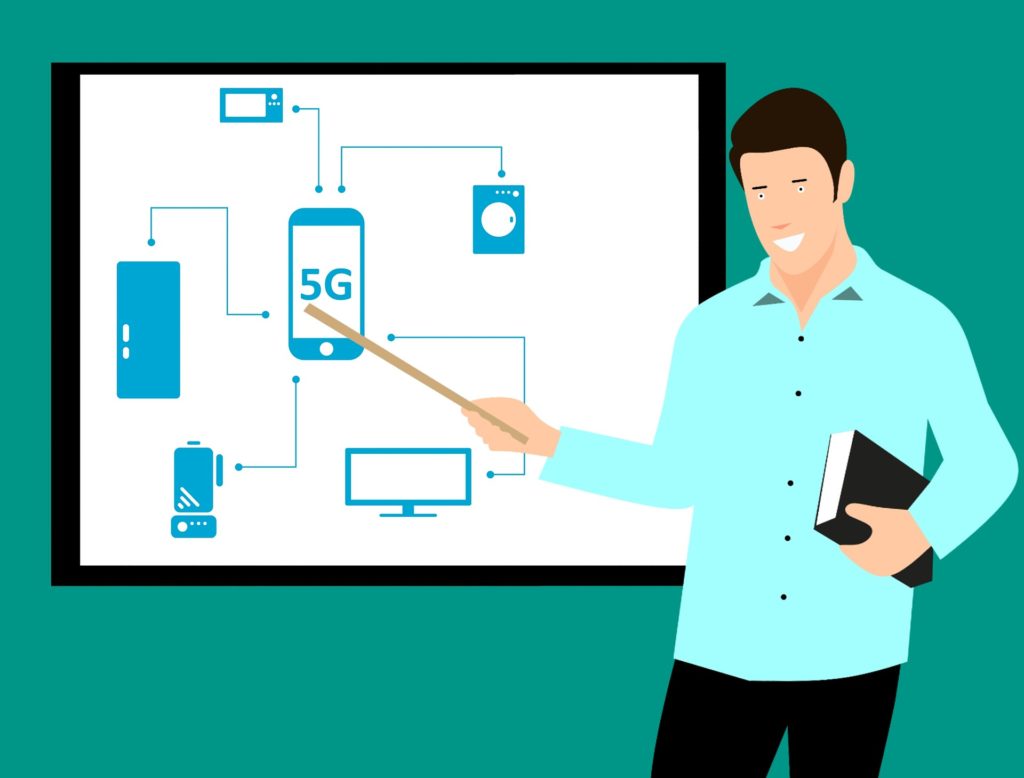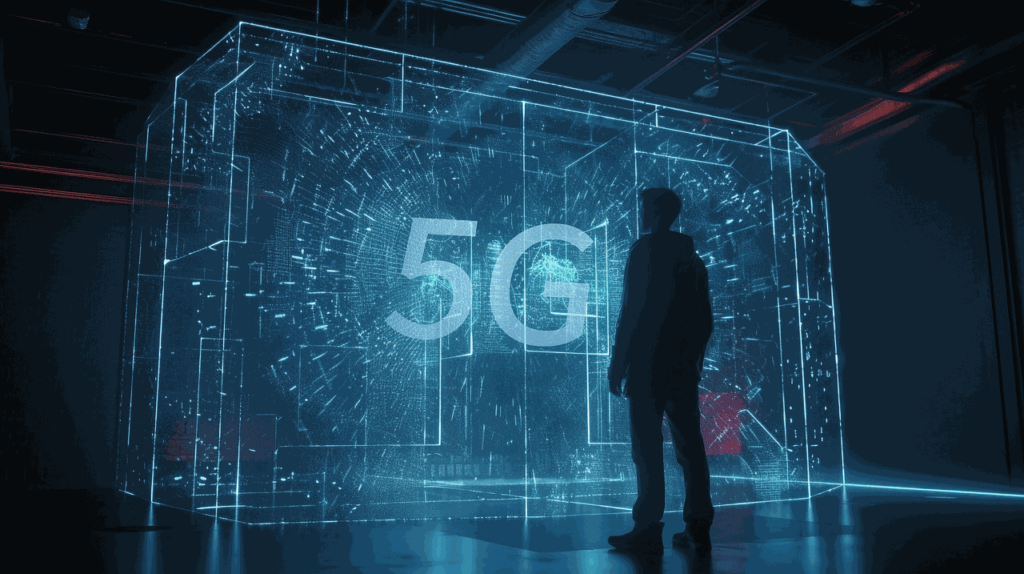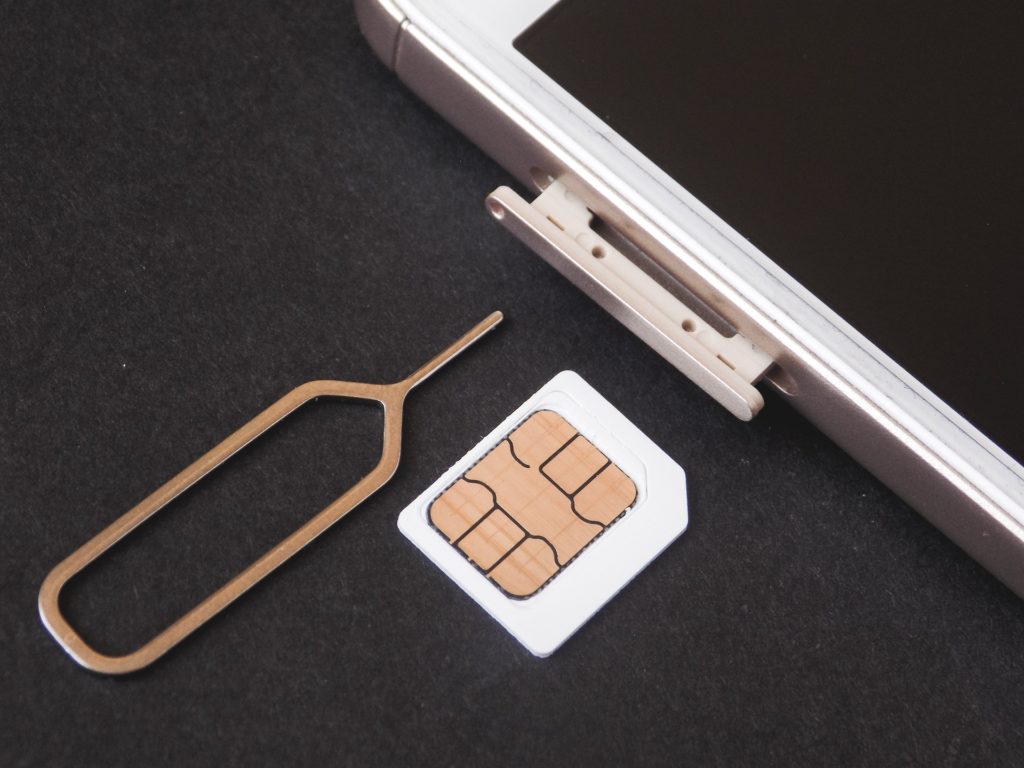If you believe what you read, 5G wireless networks will be a near-magical enabler of everything from mobile VR to autonomous vehicles to next gen healthcare, manufacturing and retail experiences. But if we learned anything from the transition from 2G to 3G and 3G to 4G, the 5G “revolution” will take years and not always live up to our loftiest expectations. That’s not to say it won’t be a significant improvement over 4G LTE…when and where it’s available. But businesses should be judicious about buying into the hype and plan for managing a long-term 5G rollout. Here’s why:
5G won’t be an overnight rollout
Even though US carriers are already aggressively marketing 5G (and a few are starting to roll it out), in 2019 it will only be available in a few test markets. That will be followed by an expansion into a small number of metropolitan areas, with a phased rollout to the rest of the country (mostly) over time. How much time is anybody’s guess. Initially, carriers will be using 5G as a last mile solution for delivering broadband to the home and mobile hotspots (if you’re lucky enough to be in line-of-sight to a 5G transmission tower). And if you’re outside of an urban center it may be years before 5G reaches you. There are still swaths of the country that only have 3G coverage.
Required infrastructure is not yet in place
5G requires a forklift upgrade of existing transmission towers and completely new equipment to take advantage of all the spectrum that carriers have acquired for 5G. Much of that spectrum is in higher frequency, millimeter-wave bands. That will impact signal propagation and reliability (since higher frequency transmissions deliver less signal power over the same distance as lower frequencies), especially in dense urban or heavily forested areas, on bridges and in tunnels and other places where it’s hard to be line of sight to a transmission tower.
Carriers are making plans to significantly boost the power of their transmitters, such as adding directional antennas and/or installing many new, smaller cell sites. But if this upgrade is anything like the 4G upgrade, it could take years for carriers to fully update their infrastructure to get the most out of their 5G investments.
Wholesale device replacement
Apple’s and Qualcomm’s recent settlement of their long-standing chip patent dispute shines a light on the impending personal impact of the move to 5G. The settlement gives Apple a viable, short-term path to put 5G in to its iPhones. But even with the settlement, Apple is still at least a handful of months away from releasing a 5G-capable iPhone. As of April 2019, 5G devices are just starting to trickle in to the market, most notably Samsung’s Galaxy S10 5G. Purchasing new 5G-capable equipment is a bridge everyone will have to cross. Every phone and data-capable device will have to be replaced or in a few cases upgraded. In the U.S. alone, that’s hundreds of millions of phones and data-capable devices. Worldwide, billions. Businesses and consumers tend to wait for these types of capital-intensive upgrades until their current devices either break or wear-out, or it becomes too painful to live without 5G-enabled functionality. Not quite a “forklift upgrade,” but a pretty heavy lift for corporate accounting ledgers and consumer wallets.
5G won’t replace 4G anytime soon
While carriers build out their 5G infrastructure, users will have to continue relying on 4G. Even as new 5G transmitters and spectrum come online, there will still be a lot of roaming between 4G and 5G. Workers, especially those that
move around a lot in their day to day jobs, will be working with a mix of 4G and 5G connections and will only enjoy the 5G some of the time. Transitions between the two networks may also cause technical problems as devices try to “hold on” to one network or the other, which can cause applications to crash and signals to weaken.
5G won’t eliminate existing wireless mobility performance and reliability issues
5G won’t change the laws of physics. Even after the buildout, there will still be coverage gaps where you can’t get a strong wireless signal. Wireless performance will vary as users enter and leave cells (so you might still not be able to get a signal at a football game). Performance will still degrade as users get farther from cells or pass in and out of certain kinds of terrain. There will always be wireless interference from other sources of radio transmissions.
So as a business, what does this transition really mean for you? That depends on how often your workers will have access to 5G coverage. To understand this, enterprises need better operational intelligence from their mobile deployments. With nearly 50 percent of mobile workers spending a majority of their work time on third party WiFi and carrier networks, it’s essential for businesses to have a complete view of their mobile devices when they are outside of the corporate firewall, such as applications they’re using and how they’re using networks that they don’t own or control.
Step one is for enterprises to assess where and how often their workers will actually be in range of the wireless networks that can support their bandwidth intensive or low latency dependent applications. This will help them determine if they will benefit from upgrading to 5G devices. And as they move to 5G (and start paying for it) they will want and need to keep a close eye on whether they’re getting the coverage and performance they expect. How often are devices really on 5G vs. slower 4G connections? Are they getting the throughput and low latency promised by their carriers? And, of course, the more enterprises become dependent on mobile workers and applications, the more they need to be sure that their users aren’t taking unnecessary risks and that corporate devices and data are secure.
Time will tell if the optimistic predictions for 5G turned out to be real. Businesses can start today to prepare for the transition by arming themselves with data, insight and a dose of patience to navigate the transition.
- History Repeats Again with 5G Rollout - June 4, 2019



